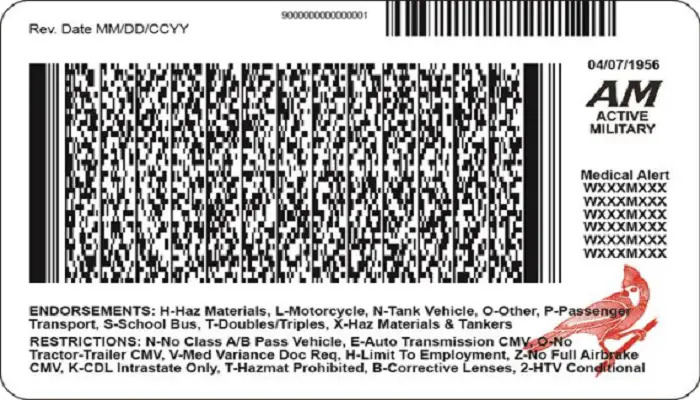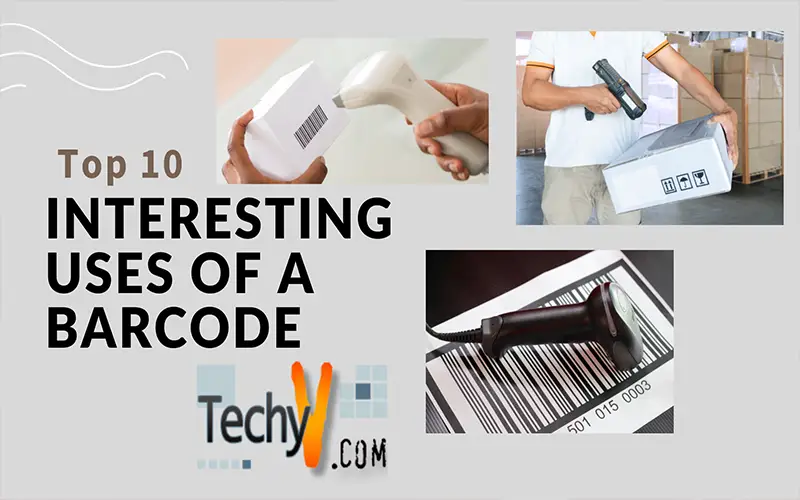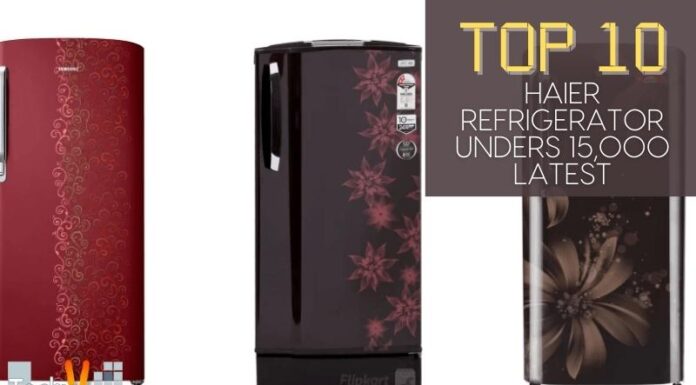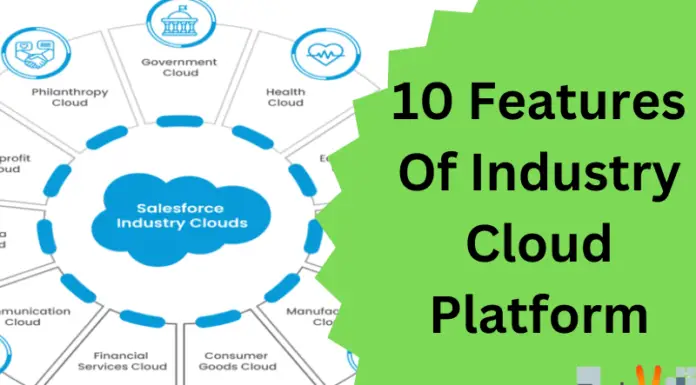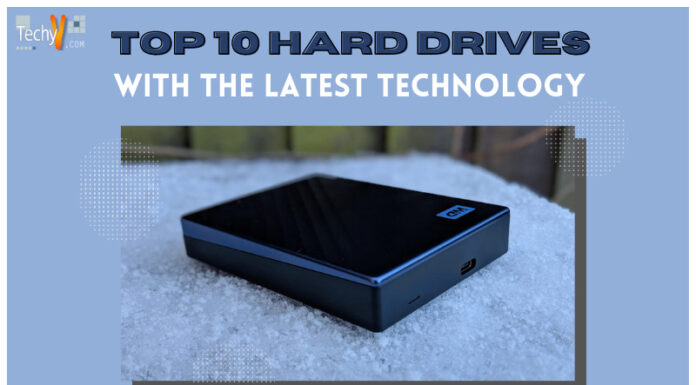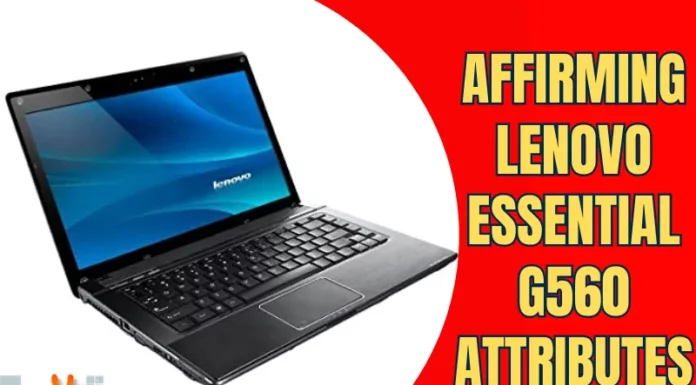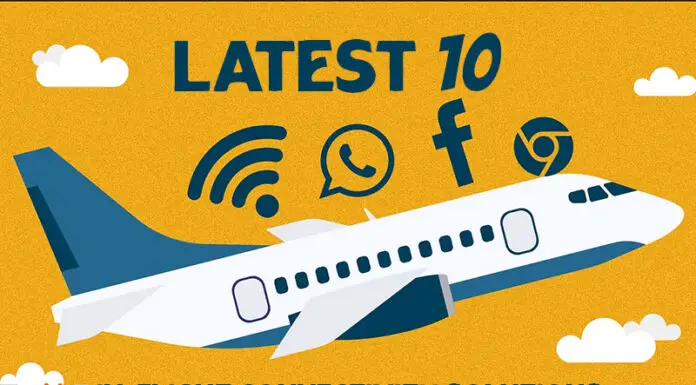A barcode is a computer-readable representation of numbers and characters composed of bars and spaces. Stripes on products sold in supermarkets, convenience stores, and other stores are common. These are optical barcodes made up of varying width bars and spaces that can be read by a barcode scanner. Barcodes are placed on products to aid in their identification. They are used in retail stores to track inventory, in warehouses to track inventory, and on invoices to help with accounting, among other things.
1. Advertising
Barcodes are now used for advertising, which may surprise you. Advertisers use QR codes to disseminate information about their products and services. A barcode with a link is frequently found in a newspaper or magazine. Scanning the code with a barcode reader will take you to a webpage. On the webpage, you can quickly find information about a specific product or service.
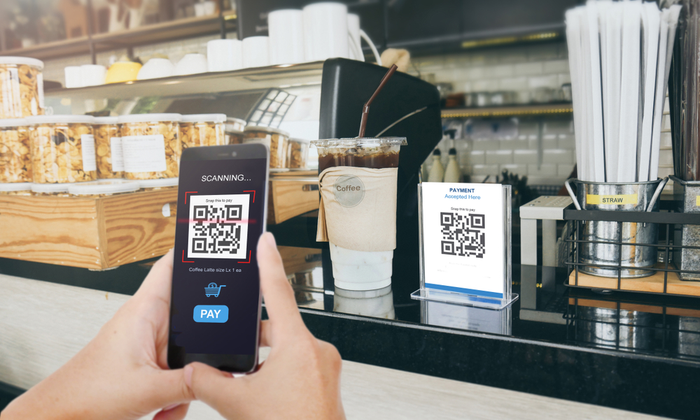
2. Air Travel
Barcode technology is widely used in airline operations such as inventory management, baggage scanning, etc. However, with the increased use of smartphones, barcodes are now used for various functions in air travel, including mobile check-in, lounge access by scanning boarding passes, distributing vouchers, baggage search and find, and improved customer service, among others. If your phone lacks a barcode reader app, you can scan barcodes to check in or gain access to the lounge by searching online for a barcode scanner.

3. Gaming
Barcodes are also used in the gaming industry. There are several games that require scanning barcodes on various items with a mobile phone barcode scanner. When the barcode is scanned, game characters are generated for the players to use. These games can also be played with other people.

4. Self-Checkouts In Retail
Retail is one of the industries that has increased its use of barcode technology. One example is self-service checkouts in retail stores. Customers can avoid long lines by scanning barcodes and QR codes on the items they want to buy with a barcode scanner. They can pay and check out once they have finished. Additionally, this method saves a significant amount of time. Retail employees use their mobile phone’s barcode readers to quickly scan an item’s barcode and provide real-time product information.
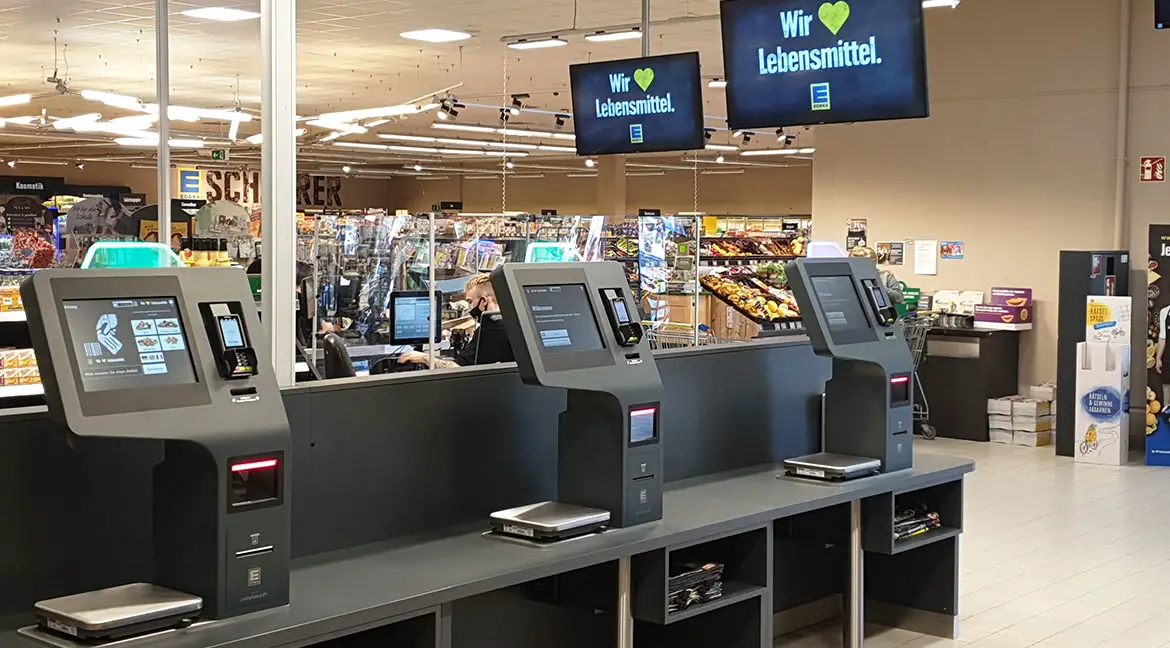
6. For Tracking Food Intake
If you are concerned about your health, this is something for you. You can use your smartphone to download apps that allow you to scan barcodes on the products you’re about to consume. It will then display all of the product’s information, allowing you to track what you eat. It’s similar to keeping a detailed food diary.
7. Authenticity of Medicines
DataMatrix barcodes on prescription medications help to improve patient safety by proving authenticity and assisting with regulatory compliance in healthcare. To ensure the authenticity of medications, healthcare workers can quickly scan their barcodes with an online barcode reader on their smartphones. A mobile phone can be used as a barcode reader, so they don’t need a handheld barcode scanner to scan.
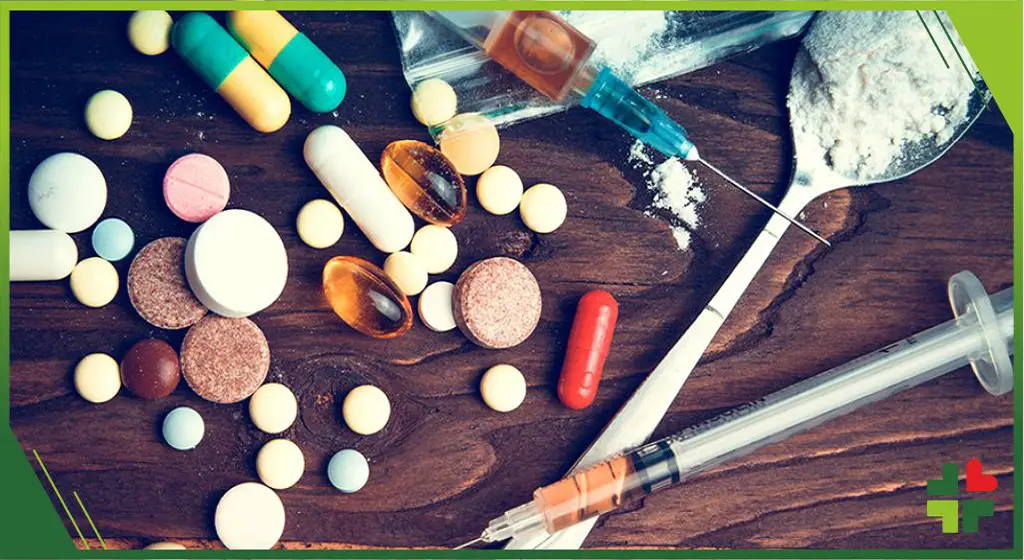
8. Art And Pop Culture
Russia is an example of how to use Barcodes in pop culture and art. There is a structure in Russia that resembles a linear barcode. Despite their strange appearance, barcodes are used as inspiration in art and pop culture. Another interesting example is the 1985 film Back to the Future, which depicts cars with barcodes on their license plates rather than alphanumeric characters.
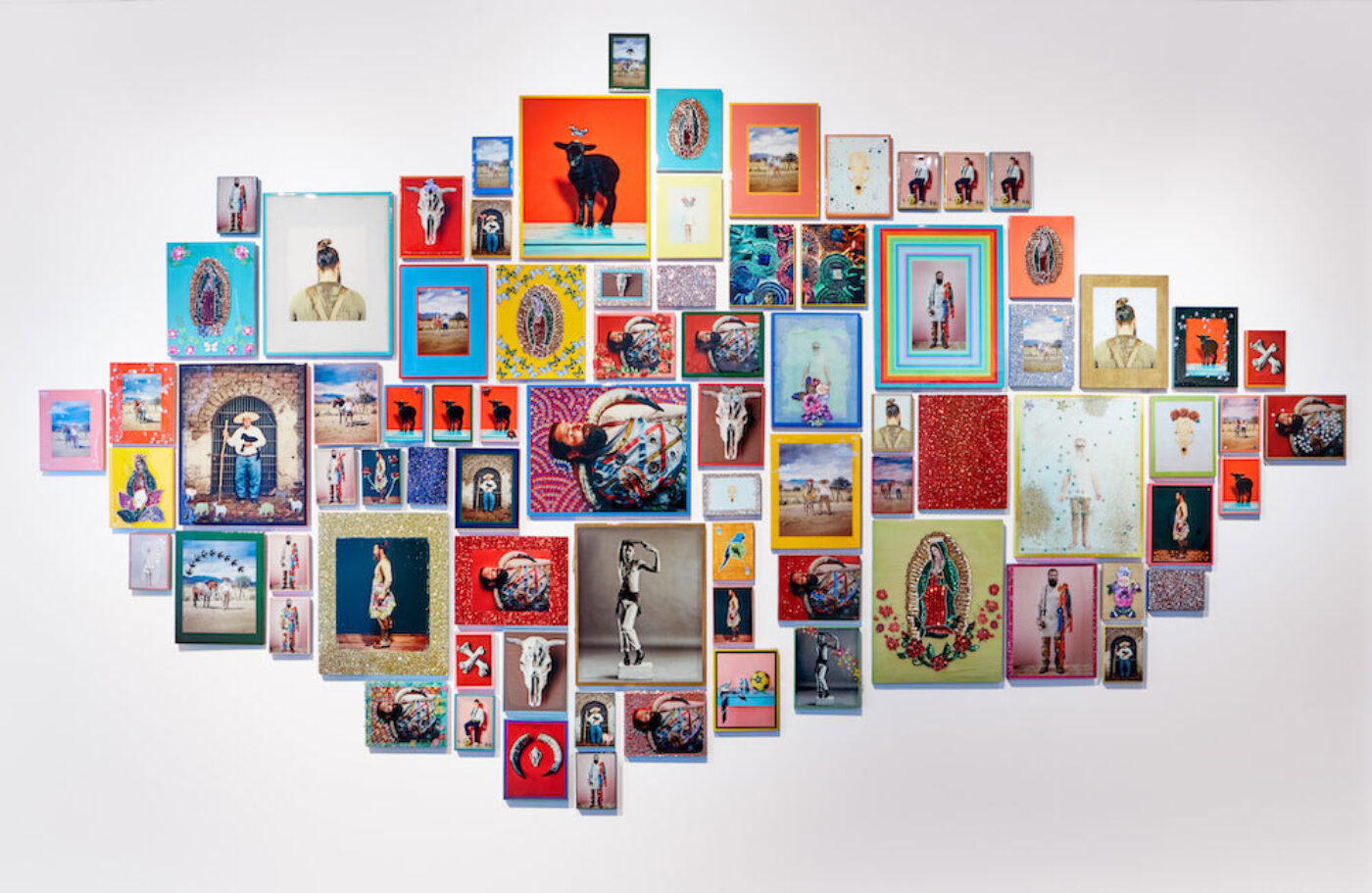
9. Recycling Bins
Yes, you read that right. RecycleBank, a US company, uses barcodes on recycling bins to encourage people to recycle. When the bin is collected for recycling, the barcode is scanned, converting the value of the recycled items in the bin into a dollar amount that can then be redeemed through shopping vouchers for those who participate. This is a fantastic initiative.
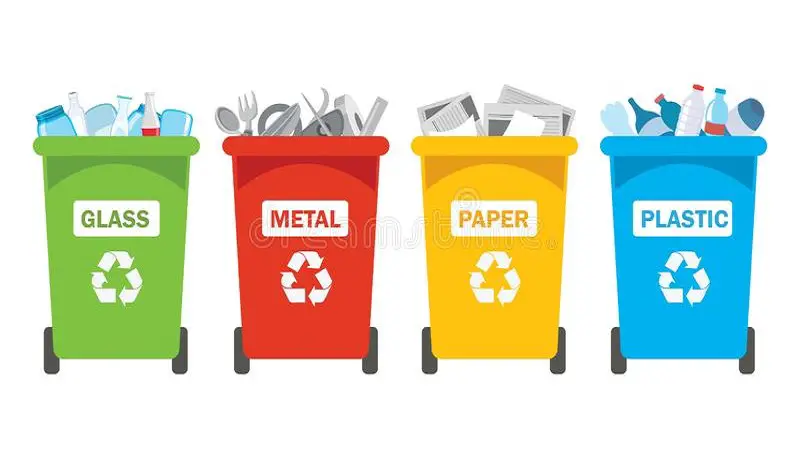
10.Driver’s License Parsing
A PDF417 barcode is embedded with the personal identifying information written on the front of many driver’s licenses. Restaurants, hotels, and event sites can use this information for age and identity verification for restricted events, as well as to manage the sale of alcohol using available parsing software.
